Golden Pothos Care: From Just Surviving to Absolutely Thriving
Let’s Talk About a Plant That Just Won’t Quit
I’ve spent more years than I can count surrounded by houseplants, from the giant fiddle leaf figs in corporate lobbies to the tiny succulents on office desks. And through it all, one plant has consistently proven to be the ultimate survivor: the Golden Pothos. You probably know it as Devil’s Ivy, and yeah, some people call it a Money Plant, but that name gets tossed around for other plants too, which gets confusing.
In this article
My mission here isn’t to get into folklore. It’s to pass on the real, hands-on knowledge I’ve picked up from keeping these plants not just alive, but looking incredible. Because honestly, there’s a huge difference between a Pothos that’s barely hanging on and one that’s flourishing.
This is a wonderfully forgiving plant, which makes it perfect if you’re just starting out. But with a few pro tricks, you can take it from a simple starter plant to a stunning feature piece, with lush leaves cascading down a shelf or even climbing a wall. Let’s dig into the fundamentals that will make your Pothos the envy of all your friends.
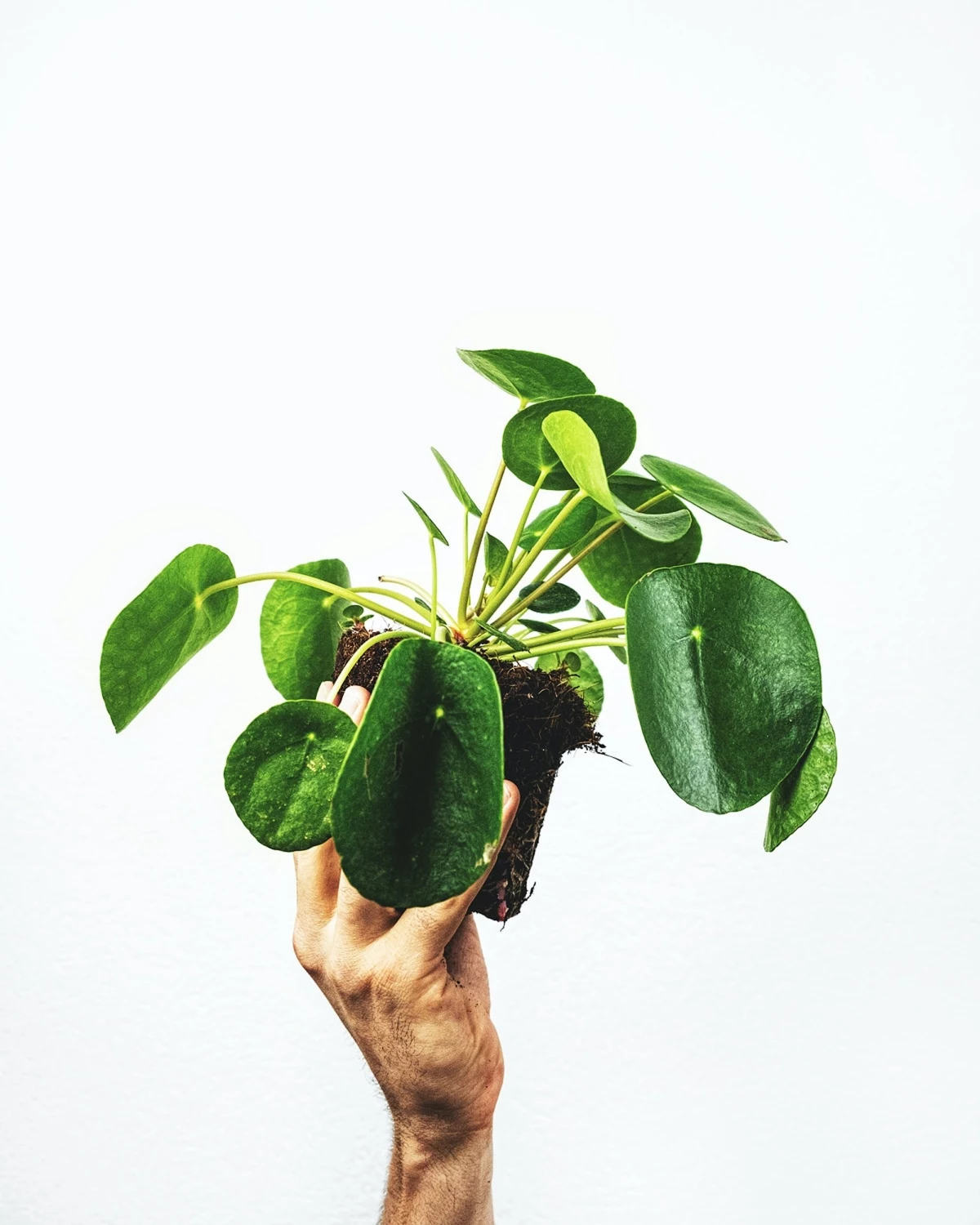
Getting Inside a Pothos’s Head
To really help a plant thrive, you have to understand what makes it tick. This plant originally comes from tropical rainforests, where it doesn’t grow in a neat little pot. It’s a vine—a type that starts on the forest floor and then climbs its way up trees, scrambling towards the light. This one fact explains almost everything about how to care for it.
- It’s a light-seeker: In the wild, the dense forest canopy filters the sun. This is why your Pothos craves bright, indirect light at home. Think of it like sitting under a big beach umbrella—you’re getting plenty of light, but you’re not getting a direct, scorching sunburn.
- It has grabby roots: As the vine climbs, you’ll notice little brown nubs growing from the stem. Those are aerial roots. Their job is to latch onto tree bark, securing the plant as it grows higher. They also pull a bit of moisture from the humid air. This climbing instinct is exactly why they look so great in hanging baskets or trained up a support.
- The leaves can transform: A Pothos in a typical home setting looks very different from a mature one in the wild. When it’s allowed to climb and gets plenty of light, its leaves can become enormous and even develop dramatic splits, kind of like a Monstera. We don’t see this often indoors because our conditions usually don’t let it reach that mature climbing stage.
Oh, and by the way, here’s a fun fact: NASA once studied Pothos for its ability to purify the air. So you’re basically caring for a little green astronaut. How cool is that?
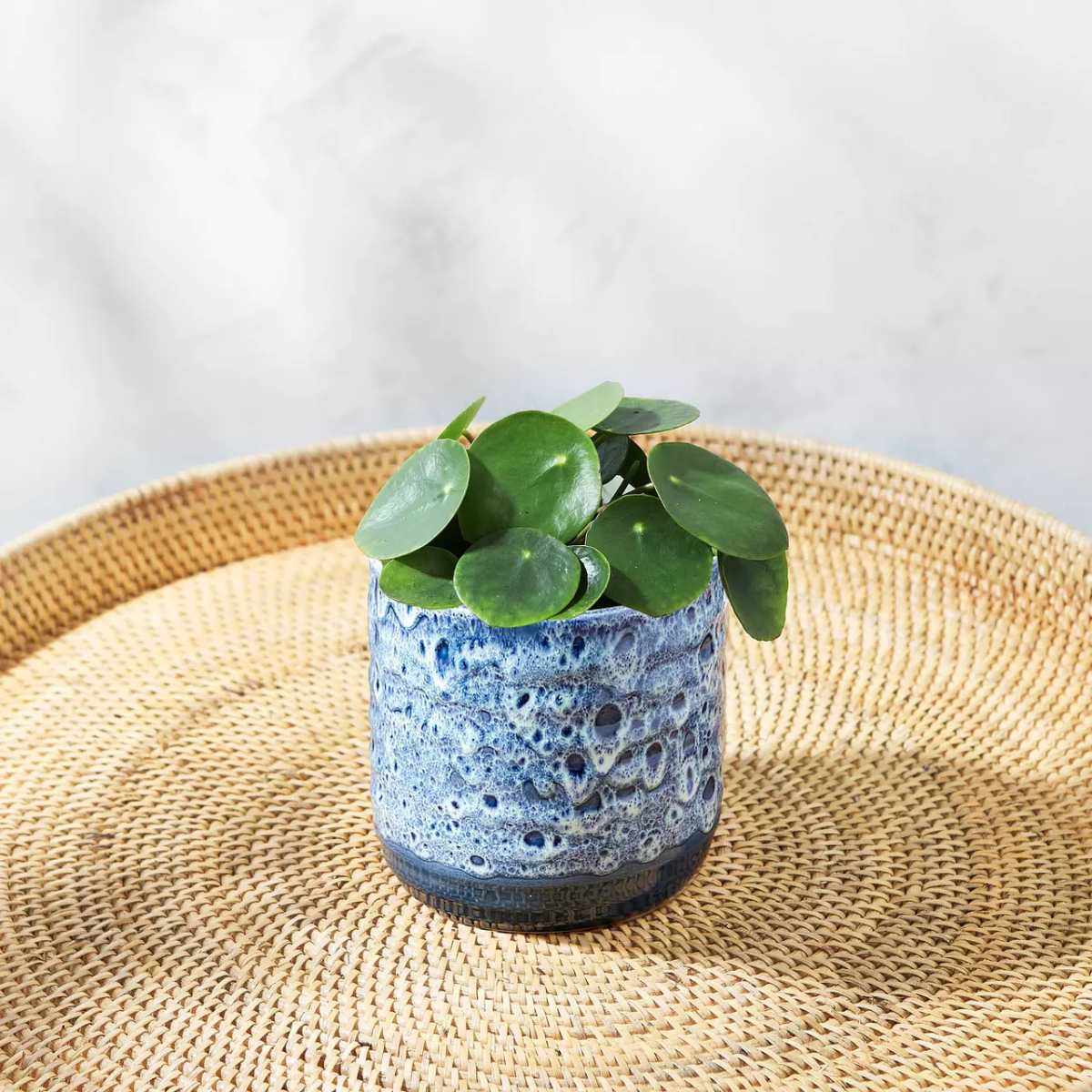
The Right Foundation: Soil and Pots
Honestly, the number one mistake I see people make is with the soil. That generic, all-purpose potting soil you grab at a big-box store is often way too dense. It packs down, holds too much water, and suffocates the roots. Remember, these roots want to be clinging to airy tree bark, not sitting in mud. Root rot is the Pothos’s mortal enemy, and it almost always starts here.
My Go-To Pothos Soil Recipe
After years of experimenting, I’ve landed on a super simple mix that gives the perfect balance of aeration, drainage, and moisture retention. Making a big batch is way cheaper than buying those fancy boutique soils.
Here’s the shopping list. Expect to pay about $5-$10 for a bag of perlite and $7-$12 for orchid bark. With a standard bag of potting soil, you can mix up a huge tub of this stuff for around $25.
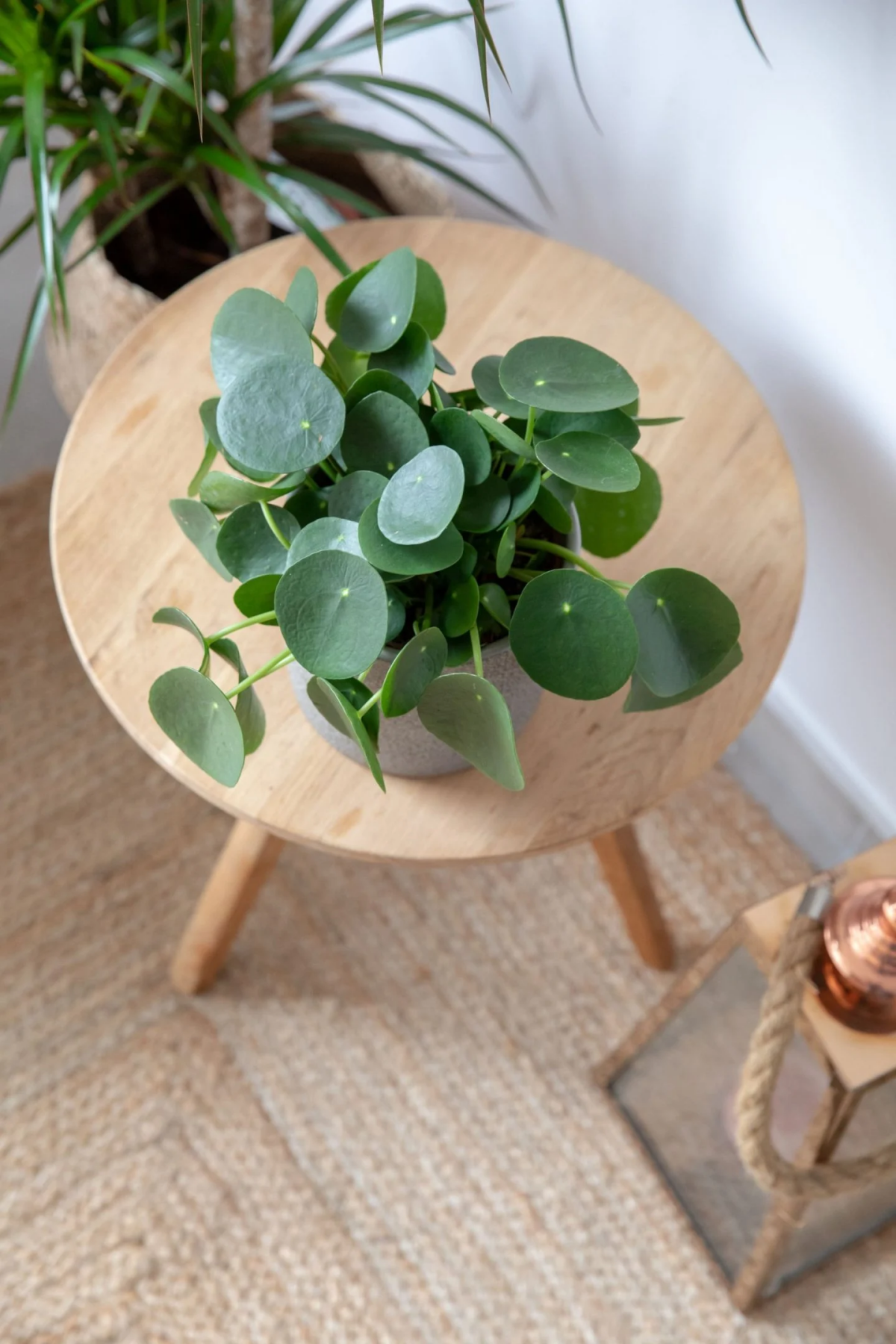
- 2 parts standard potting soil: This is your base for nutrients and moisture. Just make sure it’s for containers, not garden soil from your backyard.
- 1 part perlite: Those little white rocky bits are non-negotiable. They create air pockets, preventing the soil from turning into a brick and letting the roots breathe.
- 1 part orchid bark: Small chunks of fir bark do wonders for drainage and aeration, mimicking that tree-bark environment the plant loves.
If you’re not in a DIY mood (we all have those days), you can look for a pre-made “Aroid Mix” online or at a local nursery. It’ll cost a bit more, maybe $20 for a 4-quart bag, but it’s a great, convenient option.
Terracotta vs. Plastic: Which Pot is Right for You?
The pot you choose directly impacts your watering routine, so it pays to pick the right one for your habits. There’s no single best answer, it’s about what works for you.
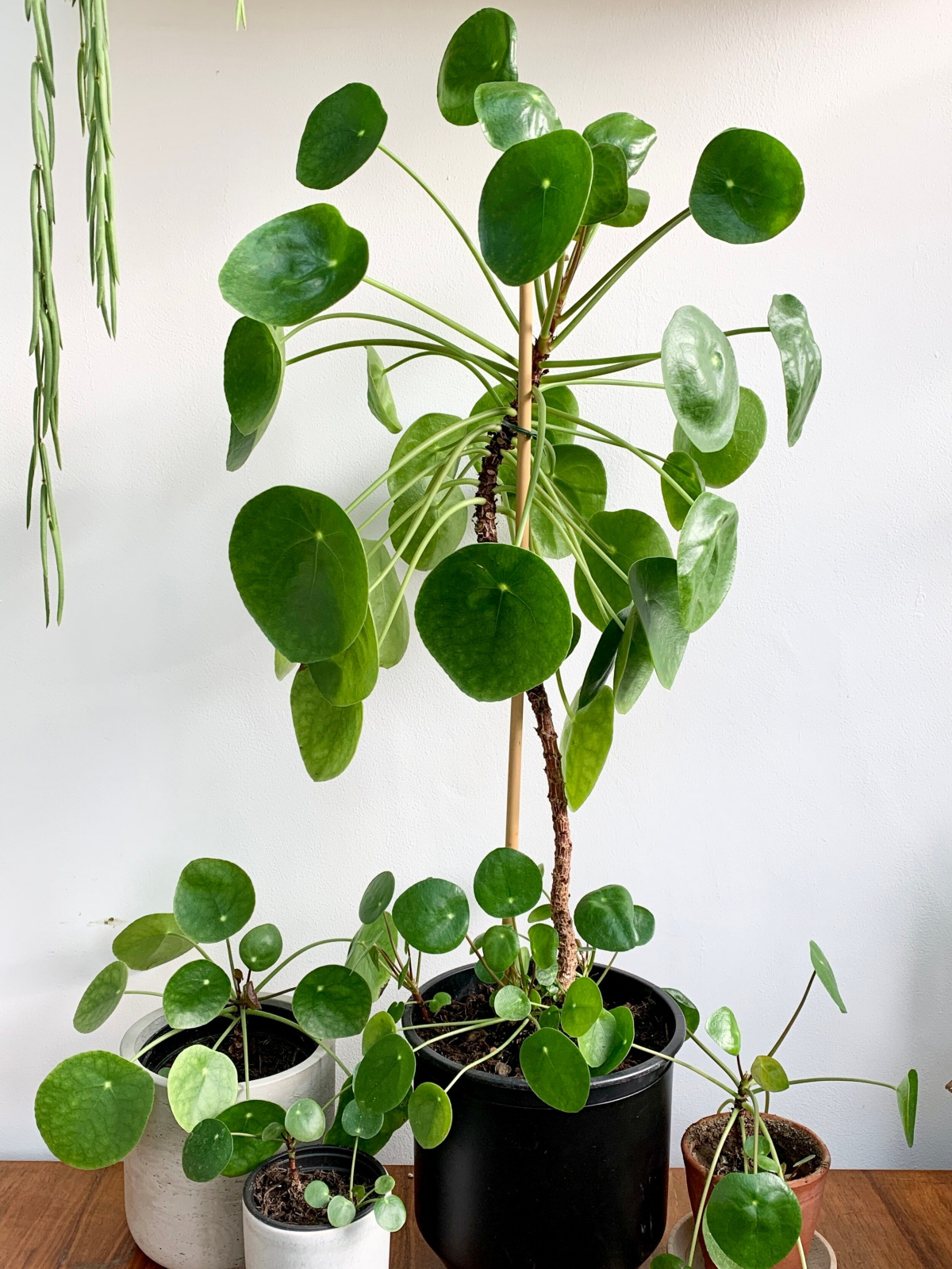
If you’re someone who tends to love your plants a little too much (a.k.a., an over-waterer), I highly recommend a terracotta pot. These unglazed clay pots are porous, so they breathe. They help the soil dry out more evenly and quickly, giving you a buffer against root rot. The only downside is you’ll need to water more frequently, especially in the summer.
On the other hand, if you’re a bit forgetful or live in a really dry climate, a plastic or glazed ceramic pot might be a better fit. These are non-porous, so they hold moisture for much longer. This means less watering, but it also means you have to be extra careful not to overdo it. If you go this route, that chunky, well-draining soil mix we just talked about becomes even more important.
Heads up! A drainage hole is NOT optional. I can’t say this enough. If a decorative pot doesn’t have a hole, use it as a cachepot—a fancy word for a decorative outer pot. Just keep your Pothos in its cheap plastic nursery pot, place it inside the pretty one, and pull it out to water. Let it drain completely before putting it back.
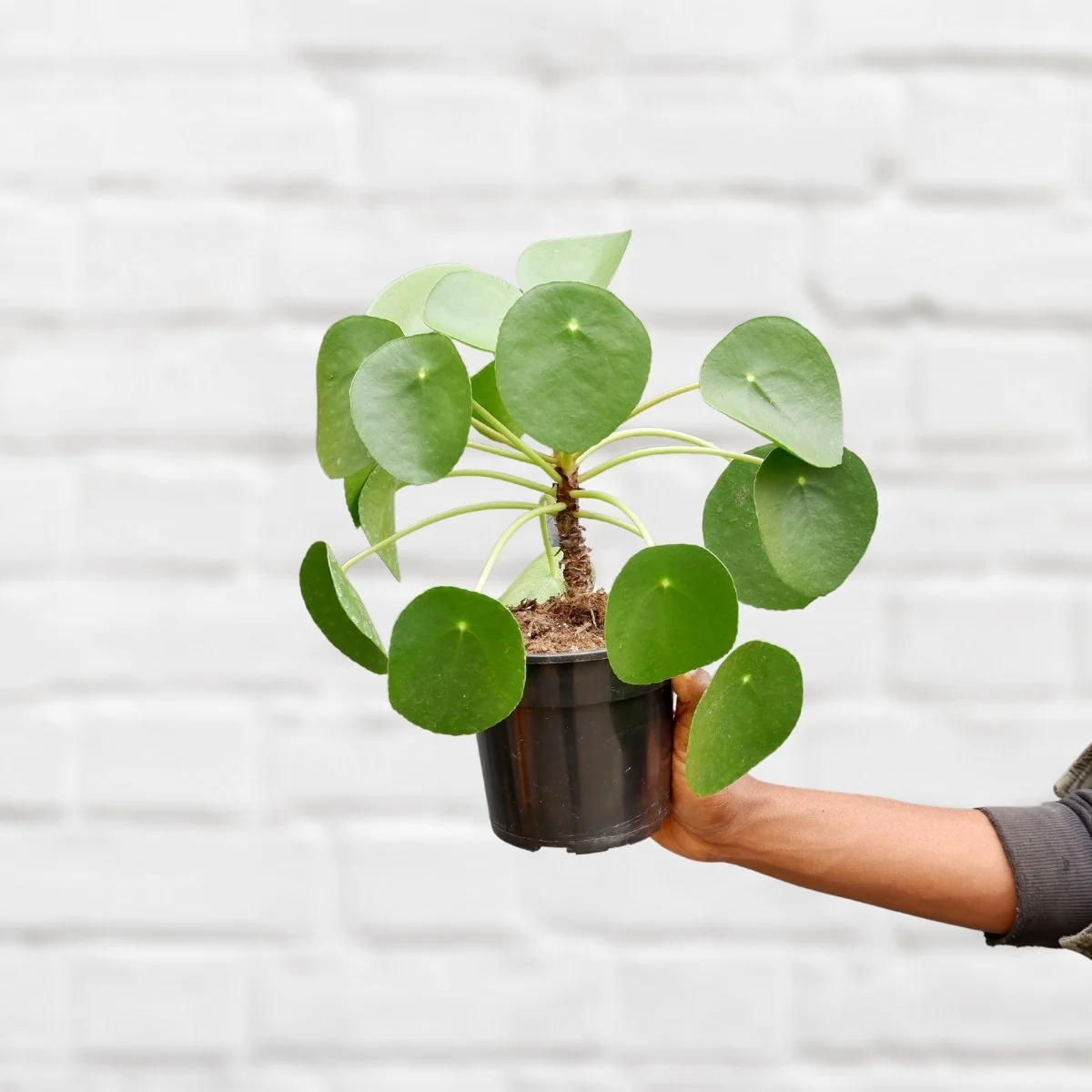
Watering: It’s an Art, Not a Schedule
“How often should I water it?” Everyone asks this, and the honest answer is always, “It depends!” Watering every Saturday is a terrible idea because the plant’s needs change with the light, temperature, humidity, and time of year. Ditch the schedule and learn to read the plant.
How to Know It’s Time
The goal is simple: water thoroughly, then let the top half of the soil dry out before you water again. Here are two foolproof methods:
- The Finger Test: The classic for a reason. Stick your finger into the soil up to your second knuckle. If it feels dry, it’s time to water. If you feel any moisture at all, wait a few more days.
- The Weight Method: This takes a little practice but it’s my favorite. Pick up your plant right after you’ve given it a good soak. Feel how heavy it is. Now, pick it up every couple of days. You’ll be amazed at how much lighter it gets as the soil dries out. You’ll quickly learn to tell its “thirsty” weight from its “just watered” weight.
When you do water, take it to the sink and drench it until water pours out of the drainage hole. This ensures all the roots get a drink and flushes out any mineral buildup. Let it drain for a good 15-20 minutes before putting it back in its spot.
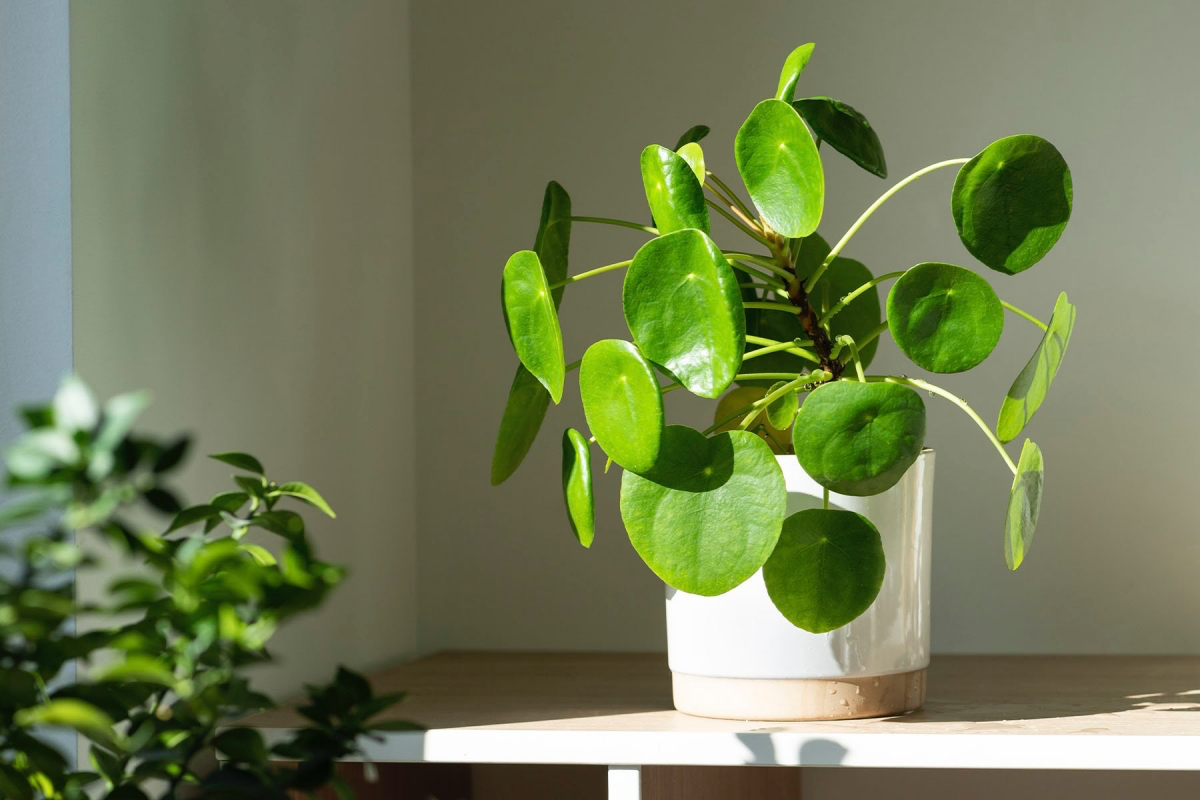
The Perfect Spot: Light, Temperature, and Humidity
Getting the environment right is half the battle. Think
Galerie d’inspiration
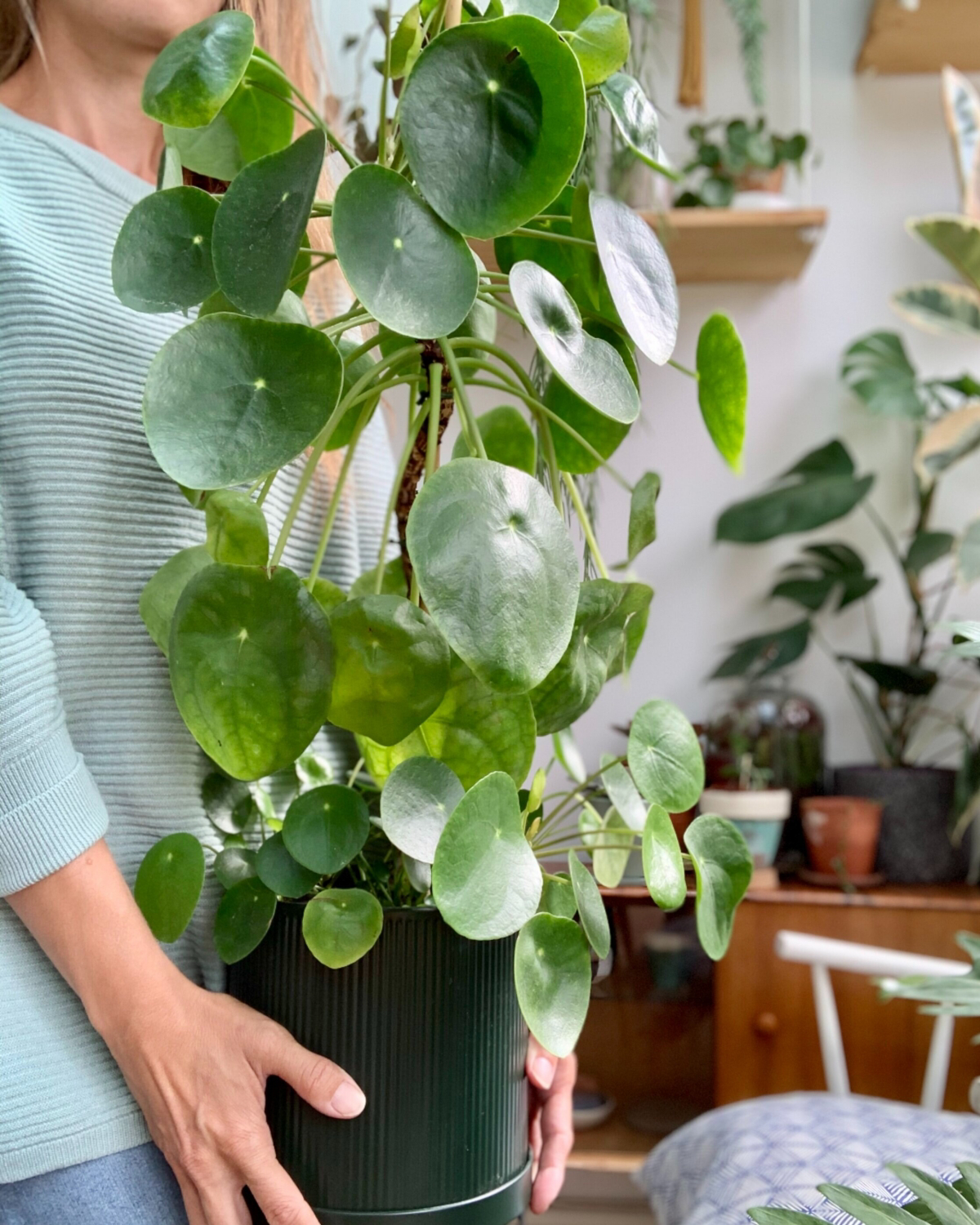
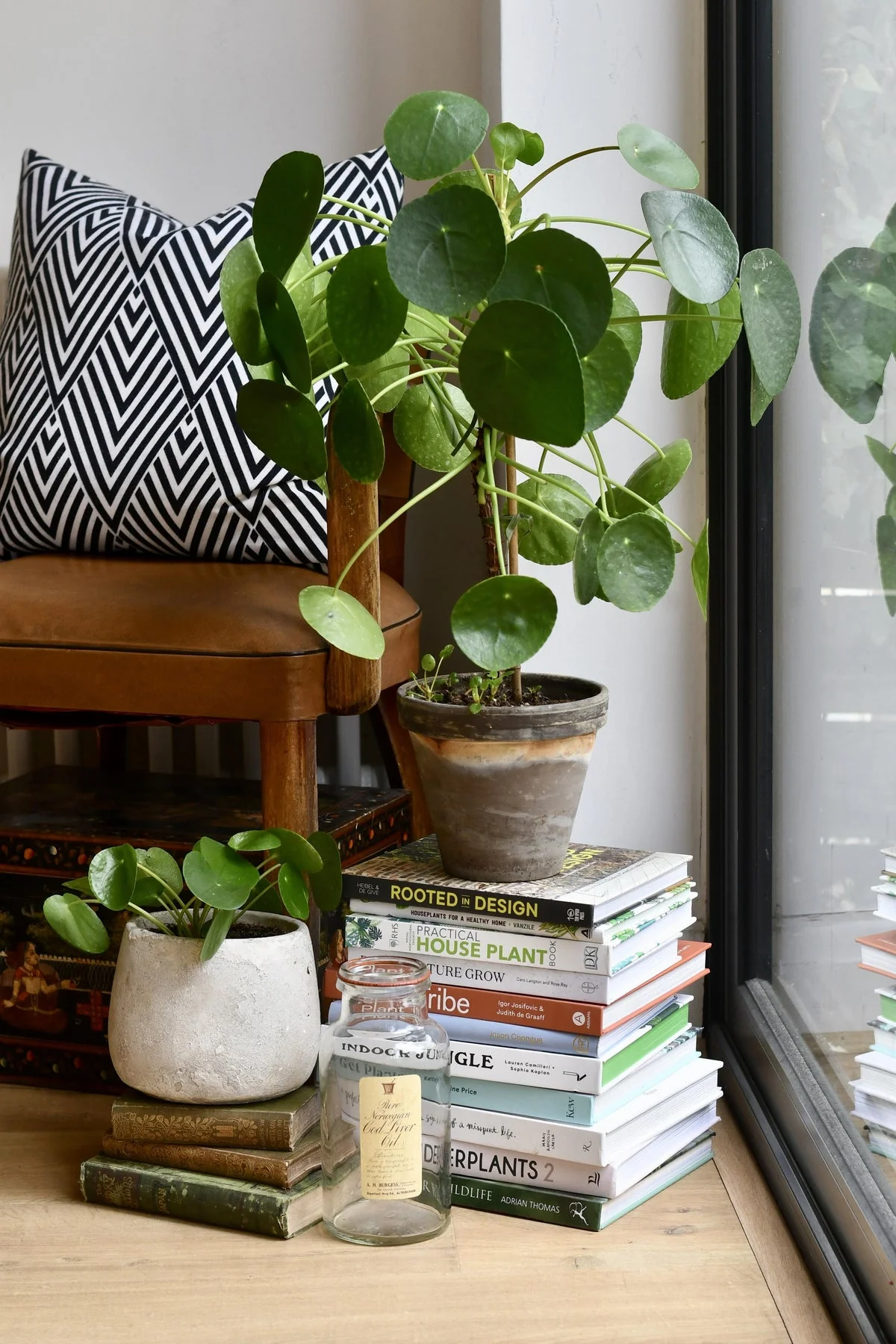
Wondering how to get that full, bushy look instead of long, sparse vines?
The secret is regular pruning. Don’t be shy! Trimming the long tendrils encourages the plant to branch out from the base and the nodes along the vine, creating a much denser appearance. Simply snip a vine a quarter-inch above a leaf node. The best part? Every piece you trim can be propagated to create a whole new plant. It’s a win-win for a healthier mother plant and a growing collection.
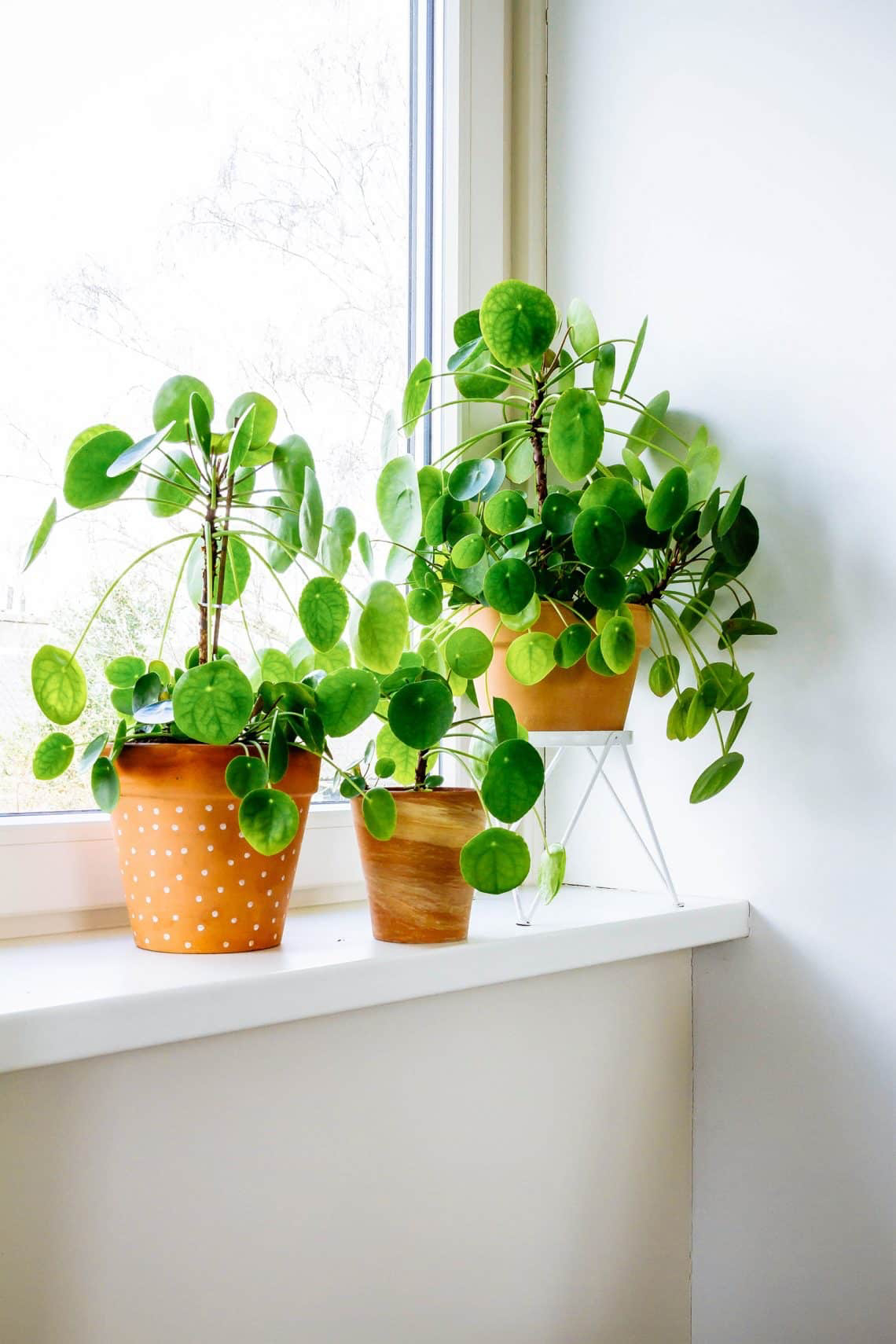
A 1989 NASA Clean Air Study found that Golden Pothos was effective at removing indoor air pollutants like formaldehyde, xylene, and benzene.
While this is a fantastic fact, it’s worth noting the context. The study was conducted in a sealed lab environment. To achieve similar results in an average room, you would need a jungle’s worth of plants! The real, tangible benefit for most of us is the proven psychological boost and connection to nature that a thriving Pothos brings to a space.
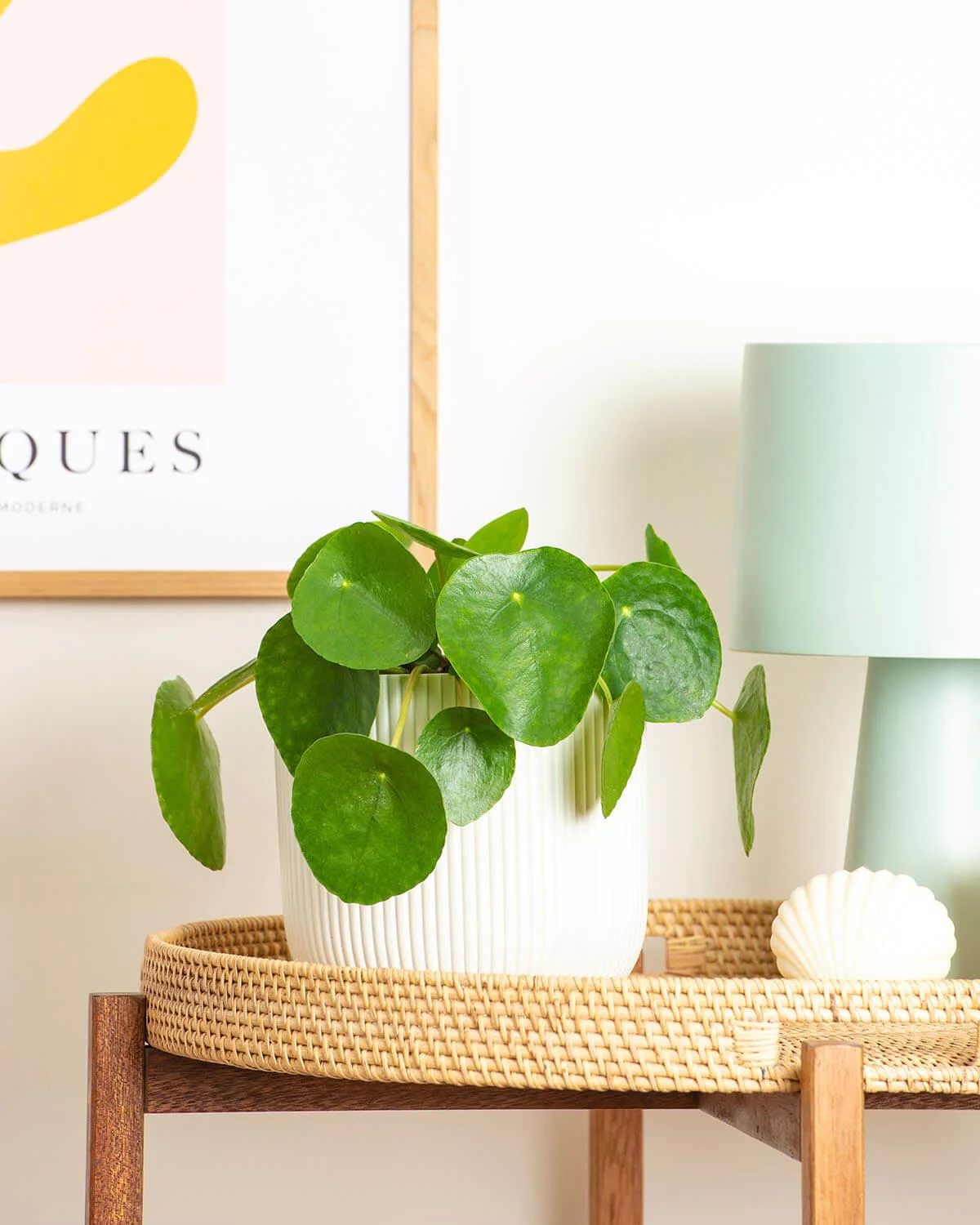
The number one mistake: Overwatering. It’s a plant killer born from good intentions. Pothos prefer their soil to dry out almost completely between waterings. Instead of watering on a strict schedule, check the soil with your finger. If the top two inches are dry, it’s time for a drink. Yellowing leaves and mushy stems are classic signs you’re being too generous with the watering can.
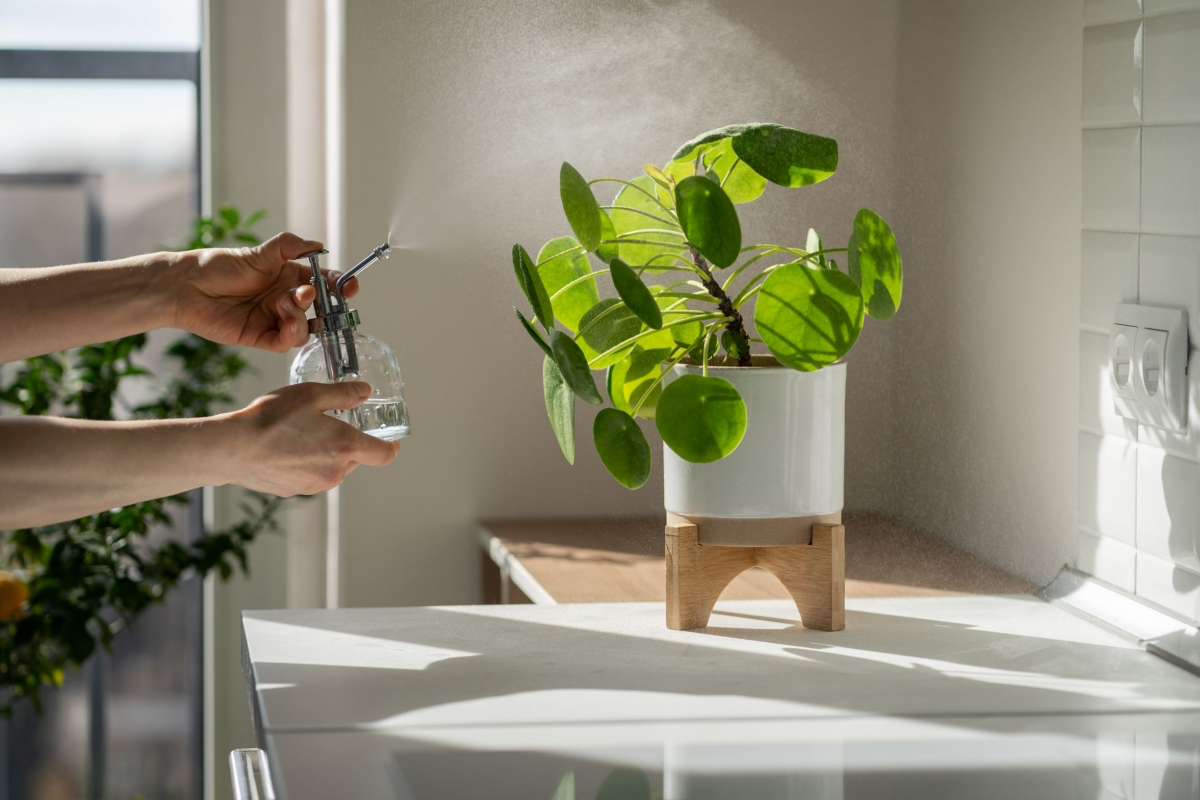
- Creates lush, living wall art.
- Promotes larger, more mature leaves.
- Maximizes vertical space in small rooms.
The secret? Encouraging its natural climbing instinct. Use small, clear Command hooks or a simple wire trellis to guide vines up a wall or around a window frame. For a more robust and moisture-retaining support that mimics a tree trunk, give your Pothos a moss pole to cling to. You’ll be amazed how it transforms.

Let’s clear up a common confusion. The plant world has a few ‘Money Plants,’ and they are not the same!
Golden Pothos (Epipremnum aureum): This is the vining plant, also called Devil’s Ivy, with heart-shaped leaves often streaked with yellow or white. It’s a trailing or climbing champion.
Chinese Money Plant (Pilea peperomioides): This one features distinctive round, coin-like leaves on upright stems. It has a more compact, ‘pancake plant’ appearance.
Knowing which one you have is key to providing the right care.
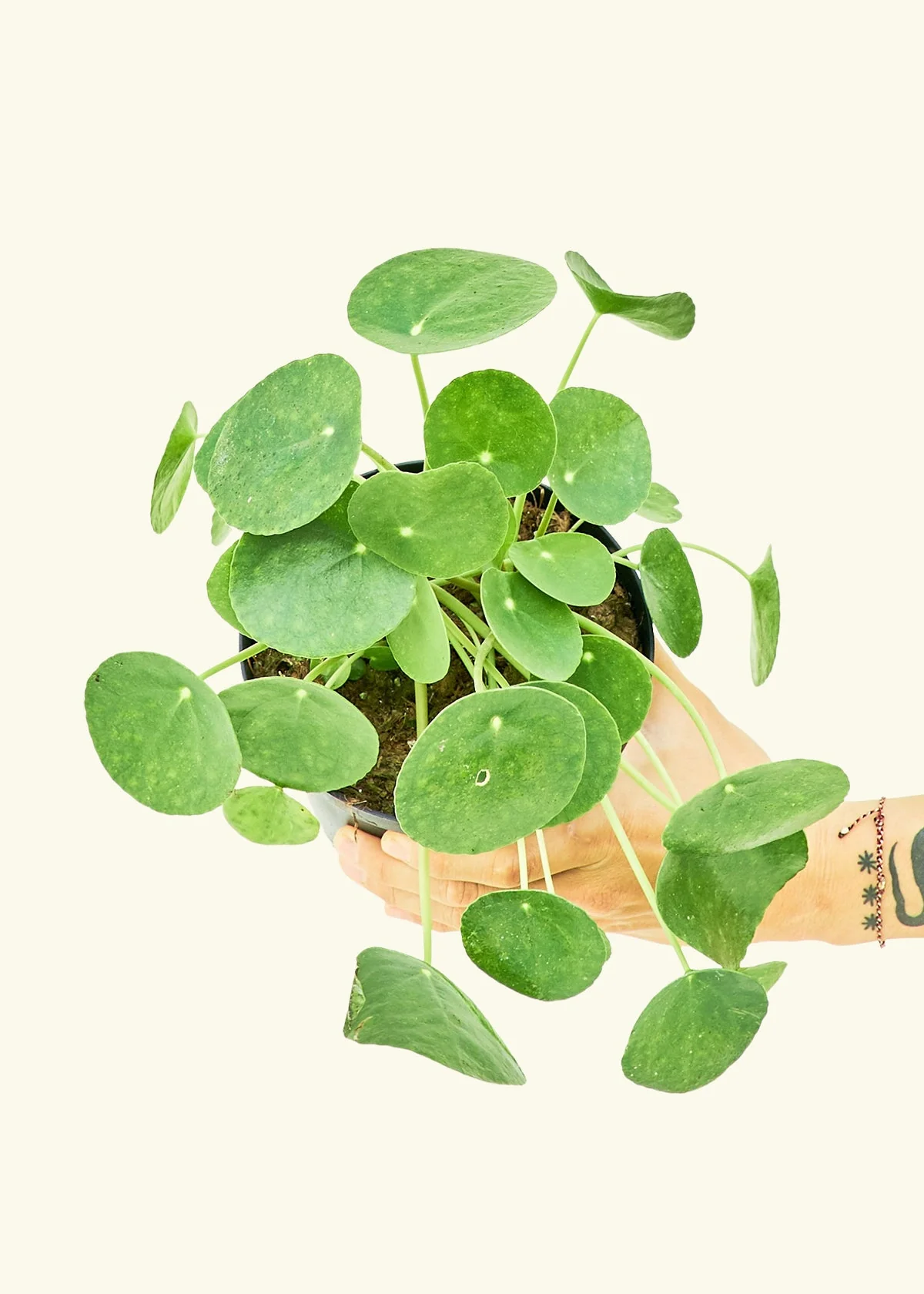
The foundation of a happy Pothos is its pot and soil. Forget dense, standard potting soil, which can retain too much water and lead to root rot. Your Pothos will thrive in a light, airy, well-draining mix. You can easily create your own by combining equal parts potting soil, perlite, and orchid bark. Alternatively, look for pre-made aroid mixes, like those from brands such as Sol Soils, which are perfectly formulated for their needs.
- Thrives in a wide range of light conditions.
- Forgives the occasional missed watering.
- Incredibly easy to propagate and share.
But there’s one crucial detail for pet owners. The Golden Pothos is toxic to cats and dogs if ingested. It contains calcium oxalate crystals which cause irritation to the mouth and stomach. Always place your Pothos on high shelves or in hanging baskets well out of reach of curious paws.










